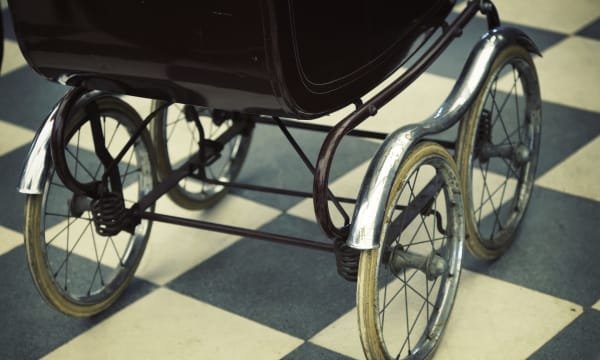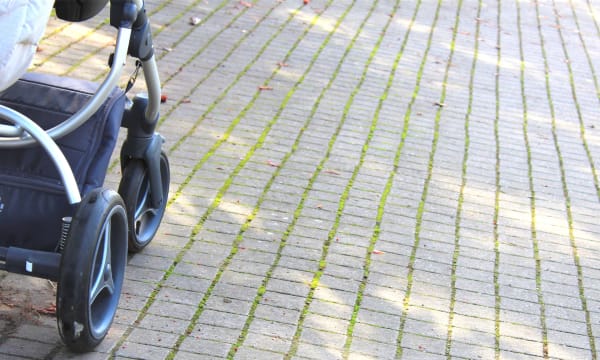Stroller suspension - what (not) to expect from a pram/pushchair's suspension system

TL;DR: A good suspension system is a fantastic feature - but also a thing that costs more money and makes the stroller heavier and bulkier. Don't try to combine lightweight, compact and all-terrain, unless ready to compromise elsewhere (e.g., price-wise).
I've been asked to suggest strollers with a soft, noticeable, rocking, or impacts-absorbing suspension so many times I can't even imagine the number. Do you, however, understand what a suspension system means for a chassis? Why opt for a stroller with suspension - and how (relatively to the size and type? How to choose the right model for yourself, suspension-wise?
The first thing you should be aware of is that suspension is a set of extra mechanisms built into the chassis. That, by itself, means the chassis becomes heavier and larger. Only a few brands were able to create models with a rather soft, rocking feel of chassis' suspension while being lightweight. And those strollers lack in other functionalities or features, believe me. You can't get everything - you'll always get something on account of another thing.

In my mind, there are 3 types of suspension systems (based on how it feels and looks, combined). This doesn't mean that, mechanically, there are only three ways of designing a suspension system (there are hundred, I'd guess). It just means that you, as an end-user, are going to get one of three feelings while thinking about how is the suspension of your stroller:
- The rocking, very soft suspension usually found on C- or X-shaped retro-style chassis, based on the prams of our mothers and grandmas. Also, the more robust stroller systems (often Polish-made) equipped with large spring suspension in the rear that you can regulate often work very well in this department. They'll also allow you to rock your baby in the "vintage" way.
-Anything from a slight rocking motion to just the comfort of a ride that doesn't rattle on smaller holes, bumps, and such: "mechanically" looking (movable) joints near the wheels or in the center of the chassis, or, usually the better case, smaller or larger springs near the weels or in the cases over the wheel. Most modern, full-size models will be in this category.
- A non-existent or a very rigid suspension system meant to only dampen some of the impacts and vibrations from the surface, present in either very cheap, very lightweight, or very urban models. The smaller the stroller gets, the less you should expect. Yes, there are exceptions, but it's always going to be "paid" by something else missing (more complex mechanisms mean less structural integrity).
Try to think of suspension as an extra feature that can help immensely - but it had to be added to the stroller. So - extra weight, bulkiness, and so on are not only circumstantial but enable the all-terrain capabilities of the chassis. A heavier, robust stroller (system) is sturdier, more terrain-capable, and the suspension adds to it significantly. And when asking for something lightweight, compact, you can look for the better models with good-enough suspension (you'll usually have to pay extra), but bear in mind that it's always going to be a compromise. Or prioritize other features (the weight, the foldability, the price)...
and don't expect to get it all.
